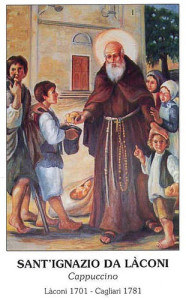
Saint Ignatius of Laconi (1701-1781)
Image: SS_Reliquiis_Custos@Flickr
Born the second of seven children in a poor farming family in Italy Laconi, Francis Ignatius Vincent Peis, was named because of his safe delivery through a difficult pregnancy was achieved through the intercession of St. Francis of Assisi (Feast Day 04 October) Francis’ Mother promised the Saint, that she would name her unborn baby ‘Francis’ and that he would join the Capuchin Friars as an adult.
From his early childhood, Francis demonstrated a capacity of hard work in the fields and a strong devotion to Jesus Christ. He would often be seen in prayer and was known to wait at the Church doors every day in prayer, waiting patiently to celebrate Mass until they were opened.
Francis wanted to join the Capuchin Friars as a teenager but his father would not permit it because the family depended on his labor in order to survive however, on surviving a riding accident through God’s intervention at the age of 20, Francis decided to enter the Capuchin Monastery at once, taking his vows a year later–Francis at that time took his second name ‘Ignatius’ as his religious name.
Ignatius spent his 15 years as a Capuchin Friar, doing various menial jobs around the Monastery, for the last 40 years of his life, he was appointed ‘Questor’ (person that sought alms or charity) for the Monastery–Ignatius would travel around the town, collecting food and donations for the Capuchin Friars.
Loved by the poor and the area children, Ignatius was often given alms by those who barely had anything to give themselves–Ignatius refused to accept anything from the very poor, saying that it was better for them to keep it for themselves.
Ignatius tended to the sick and to the street children daily on his rounds throughout the town, many miracles of healing were said to have occurred through his intercession.
On this date at the age of 81, Ignatius went home to be with the Lord — Ignatius was Beatified in 1940 and Canonized in 1951 by Pope Pius XII
More here from Capuchin Franciscans and here from Franciscan Media
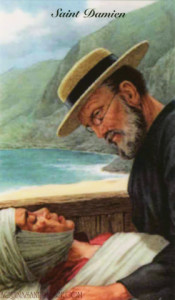
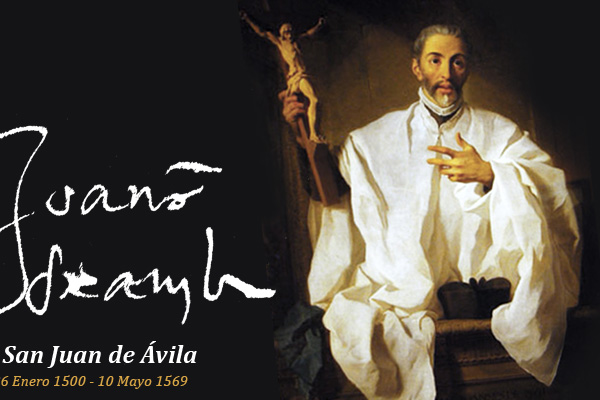 Saint John of Avila –Image:
Saint John of Avila –Image: 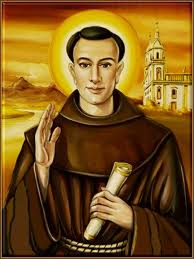
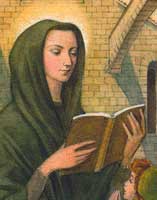
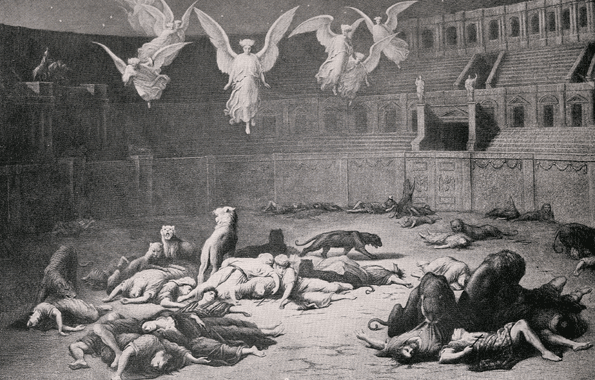 Christian Martyrs –Image:
Christian Martyrs –Image: 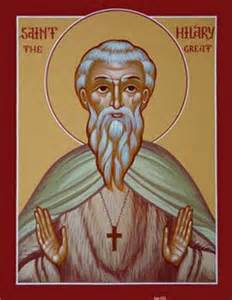
 Prayers to the Saints & Blessed
Prayers to the Saints & Blessed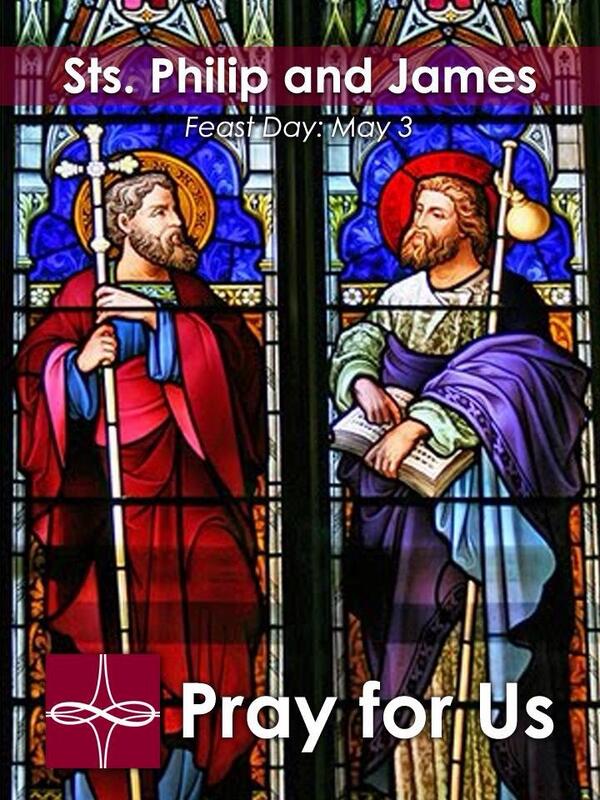 Saints Philip & James
Saints Philip & James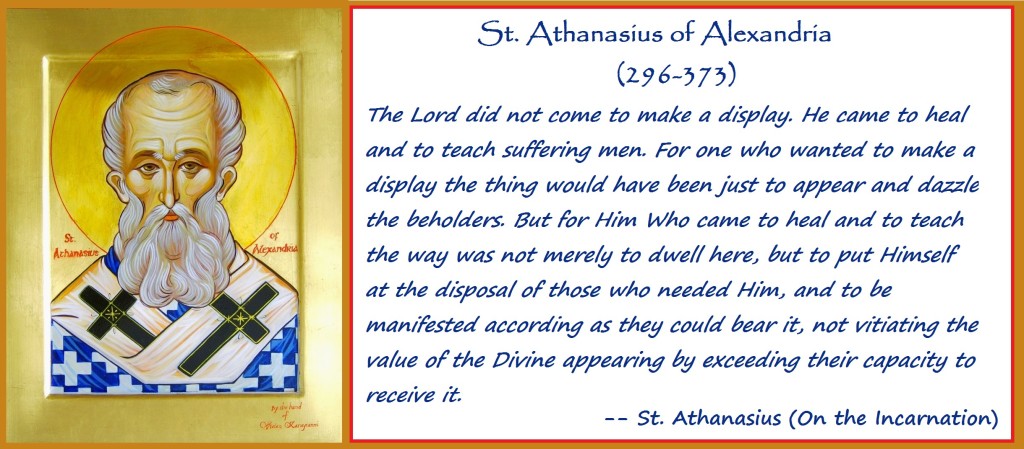 St. Athanasius -Image Courtesy:
St. Athanasius -Image Courtesy: